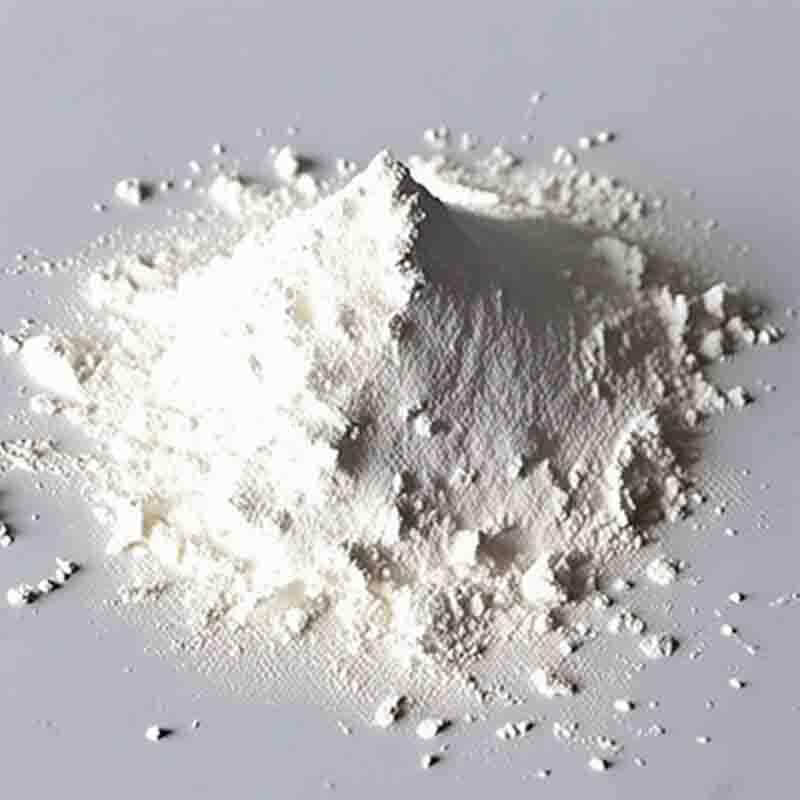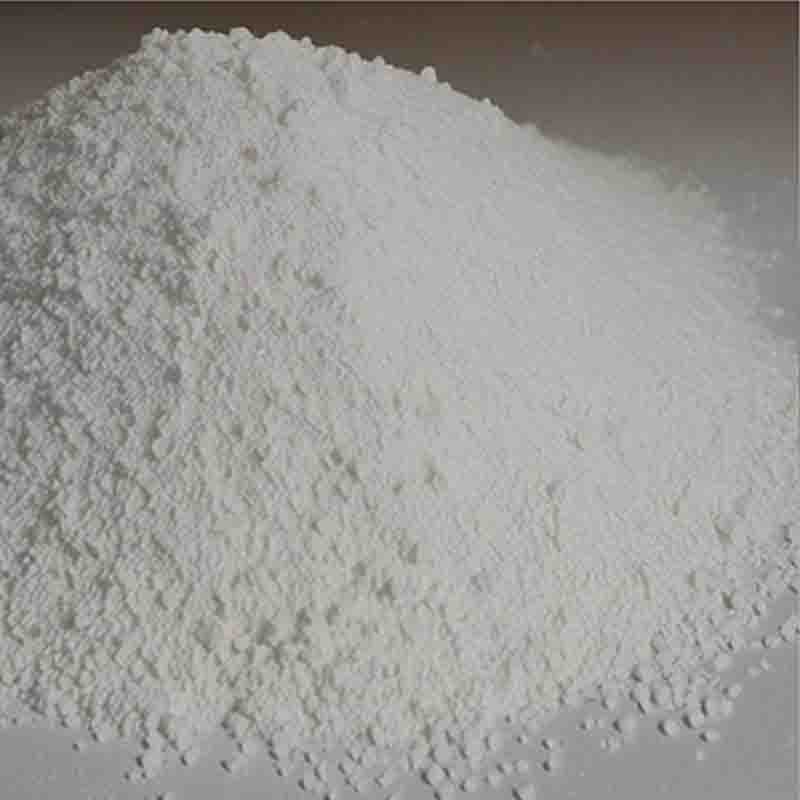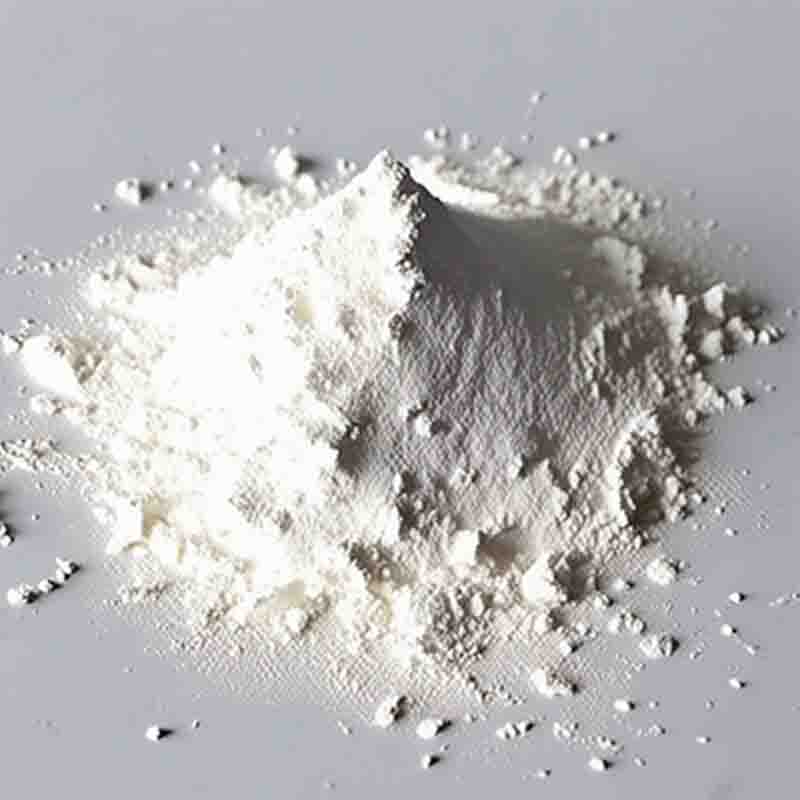5,6,7,7a-Tetrahydrothieno[3,2-c]pyridine-2(4H)-one hydrochloride CAS: 115473-15-9
| Catalog Number | XD93893 |
| Product Name | 5,6,7,7a-Tetrahydrothieno[3,2-c]pyridine-2(4H)-one hydrochloride |
| CAS | 115473-15-9 |
| Molecular Formula | C7H10ClNOS |
| Molecular Weight | 191.67 |
| Storage Details | Ambient |
Product Specification
| Appearance | White powder |
| Assay | 99% min |
5,6,7,7a-Tetrahydrothieno[3,2-c]pyridine-2(4H)-one hydrochloride is a chemical compound with a bicyclic structure that includes a thieno[3,2-c]pyridine ring. This compound, also known as thienopyridine, has diverse applications in the field of medicinal chemistry and drug discovery.Thienopyridine derivatives have attracted significant attention due to their potential therapeutic properties. This compound has shown promise as a scaffold for the development of drugs targeting a variety of diseases. Its unique structure provides opportunities for molecular modifications, allowing for the synthesis of analogs with improved potency, selectivity, and pharmacokinetic properties.One of the important uses of 5,6,7,7a-Tetrahydrothieno[3,2-c]pyridine-2(4H)-one hydrochloride is in the development of medications for central nervous system (CNS) disorders. Thienopyridine derivatives have been explored as potential candidates for treating neurological conditions such as Alzheimer's disease, epilepsy, and Parkinson's disease. Researchers have found that these compounds can modulate certain neurotransmitter receptors or enzyme systems involved in the regulation of neurological processes, offering potential therapeutic benefits.Additionally, thienopyridines have shown promising results in the field of oncology. The compound exhibits inhibitory effects on specific enzymes or receptors associated with cancer cell growth and survival. This makes it a target for the development of anticancer drugs or as a component of combination therapies.Another area where 5,6,7,7a-Tetrahydrothieno[3,2-c]pyridine-2(4H)-one hydrochloride is utilized is in the treatment of cardiovascular diseases. Thienopyridine derivatives have been investigated as potential agents for the management of conditions such as hypertension or heart failure. By targeting certain receptors or channels involved in cardiovascular function, this compound may help regulate blood pressure, cardiac contractility, or vascular tone.Furthermore, this compound may find applications in the field of pharmacology and drug discovery research. Thienopyridine derivatives are often used as reference compounds in screening assays to assess the activity, efficacy, or selectivity of potential drug candidates. They serve as standards against which new compounds can be evaluated and compared.When working with 5,6,7,7a-Tetrahydrothieno[3,2-c]pyridine-2(4H)-one hydrochloride, it is essential to follow proper safety precautions and protocols. This compound should only be handled by trained professionals in appropriate laboratory settings. Adherence to safety guidelines ensures the security of individuals and the environment.In summary, 5,6,7,7a-Tetrahydrothieno[3,2-c]pyridine-2(4H)-one hydrochloride, or thienopyridine, has diverse applications in medicinal chemistry and drug discovery. Its potential therapeutic properties make it a valuable scaffold for the development of drugs targeting CNS disorders, oncology, cardiovascular diseases, and other therapeutic areas. Additionally, this compound serves as a reference standard and tool for pharmacological research. Safety precautions should always be followed when working with this compound to ensure the well-being of those involved in its handling.


![5,6,7,7a-Tetrahydrothieno[3,2-c]pyridine-2(4H)-one hydrochloride CAS: 115473-15-9 Featured Image](https://cdn.globalso.com/xdbiochems/白色粉末2343.jpg)
![5,6,7,7a-Tetrahydrothieno[3,2-c]pyridine-2(4H)-one hydrochloride CAS: 115473-15-9](https://cdn.globalso.com/xdbiochems/粉末350.jpg)
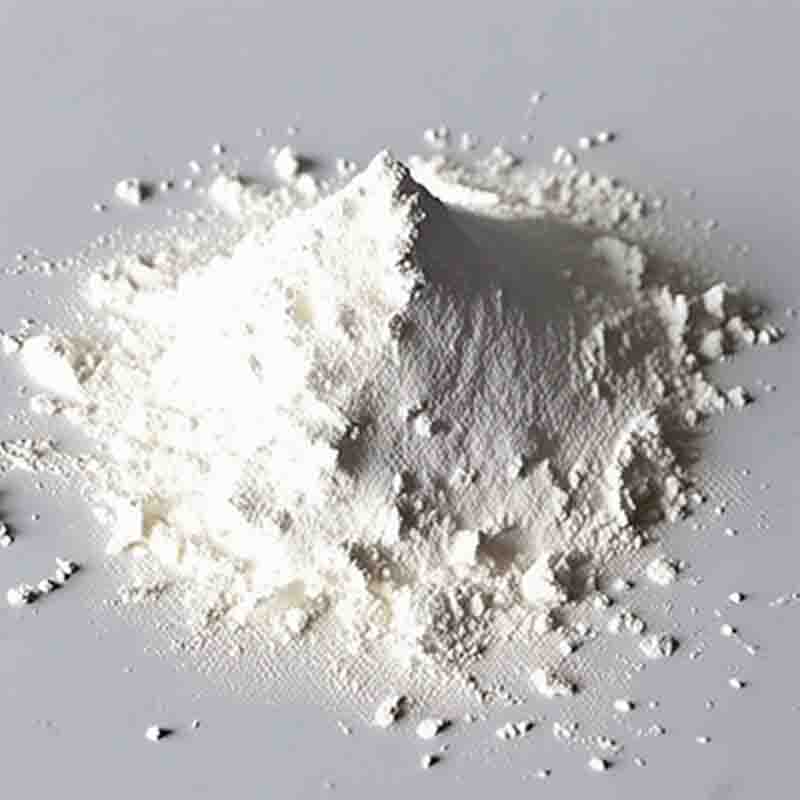
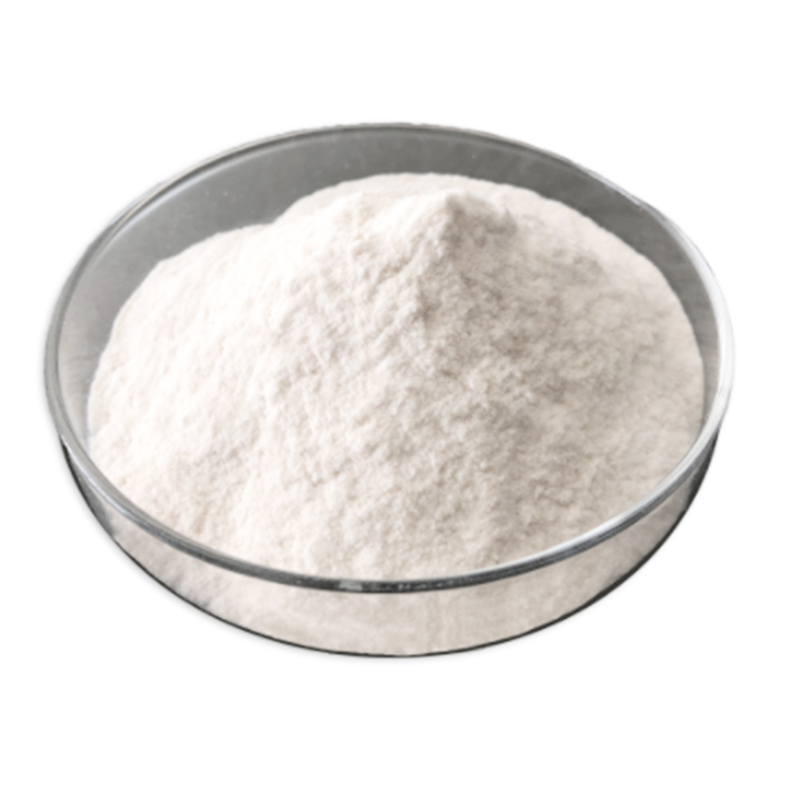
![Cis-[2-Bromomethyl-2-(2,4-dichlorophenyl)-1,3-dioxolan-4-yl]methylbenzoate CAS:61397-56-6](https://cdn.globalso.com/xdbiochems/白色粉末1629.jpg)
